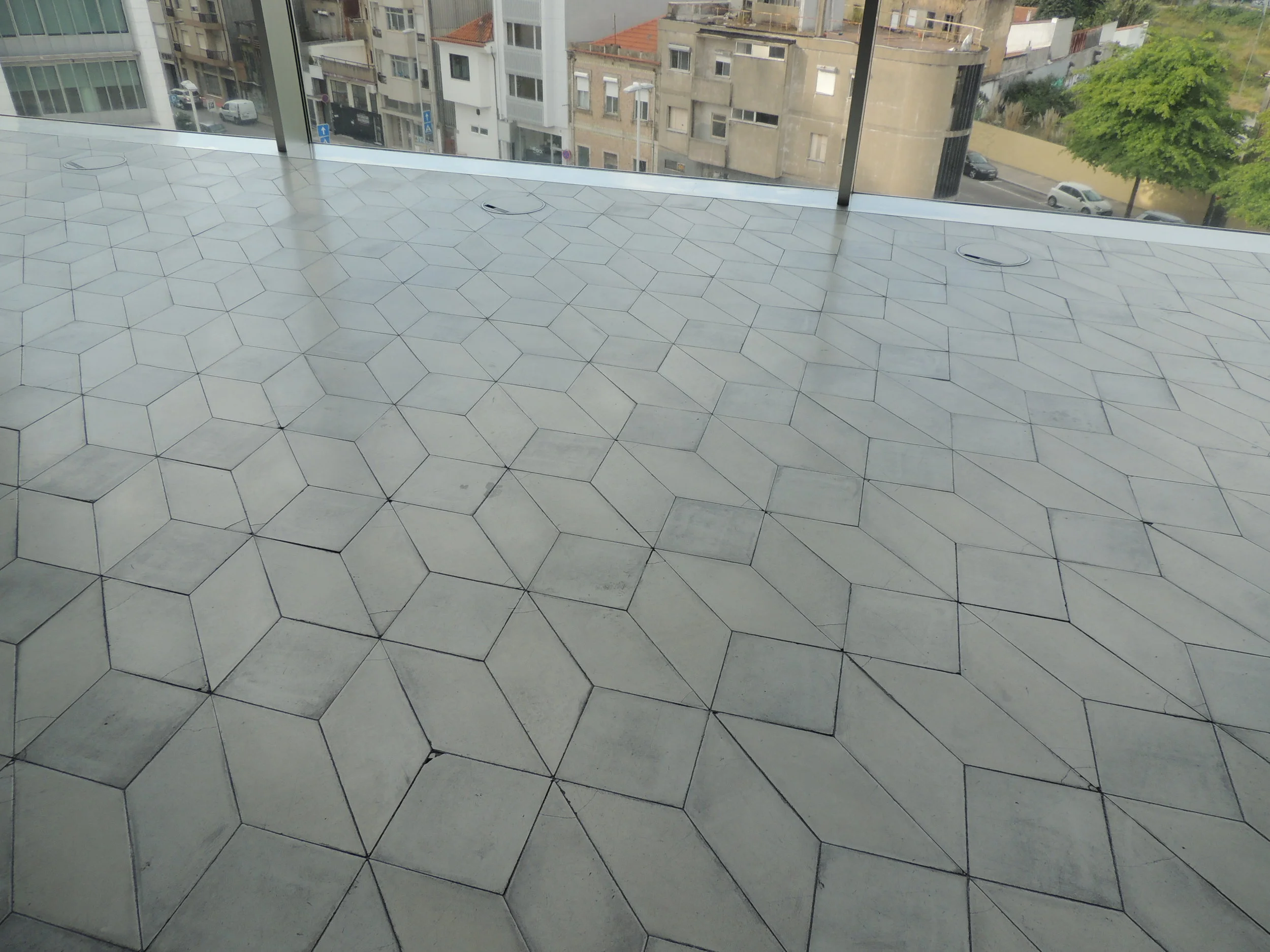Back to School: Managing Indoor Ventilation During COVID-19
/Image courtesy of WSJ.com
Amidst the debate about exactly how the novel coronavirus is transmitted and whether going back to school this fall in person is safe, we can agree that access to more fresh air reduces the risk of contracting COVID-19. I’m no HVAC expert, but I do know a thing or two about improving indoor air quality and have been recently engaged in helping schools determine how to keep pandemic-era classrooms as safe as possible. We’re introducing as much fresh air as possible—through open windows fitted with fans to exhaust stale air and introduce fresh air, positioned at opposite ends of each classroom. As the weather shifts and a windows-always-open scenario becomes harder to maintain, we’re also introducing conditioned fresh air mechanically through a central HVAC system which is fitted with robust filtration (either high-level MERV/HEPA media filters and/or ionization filtration with ultraviolet light treatment. It’s worth noting that many of these filtration strategies have not yet undergone rigorous testing specifically for the novel coronavirus, but it’s common sense that transmission risk is reduced when we dilute the viral load. Standalone air purifiers can also be effective in classrooms, though they need to be sized appropriately to achieve several complete air changes per hour in each classroom.
This recent WSJ article does a great job illustrating and outlining a multifaceted approach to classroom ventilation as a critical but dependent piece in the COVID-19 Back to School puzzle. Other essential principles: require masks, reduce class size to keep students at least 6 feet apart, and encourage outdoor learning as much as possible.

